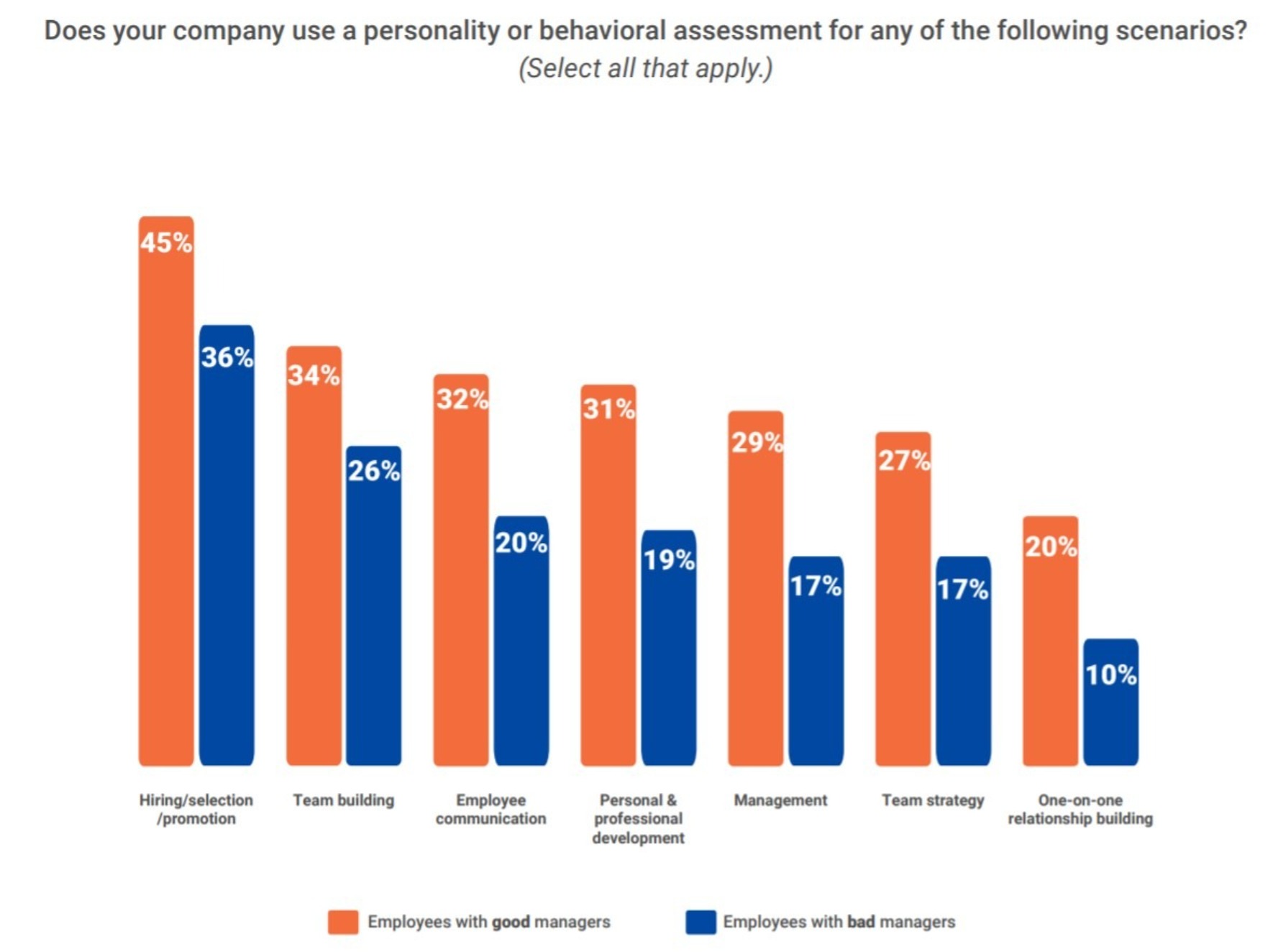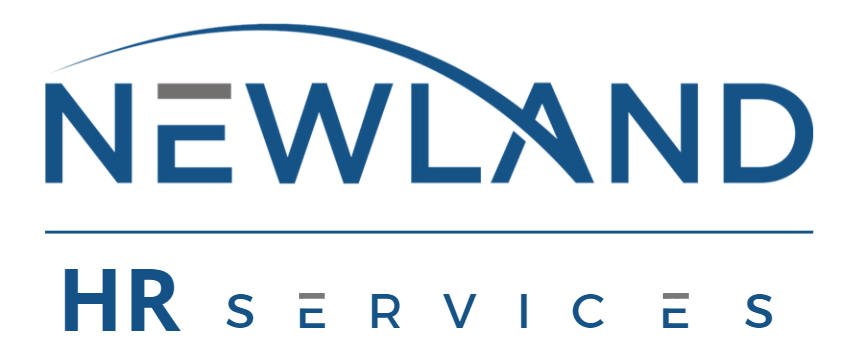Distinguishing managers – not as clear cut
It’s obvious that there are striking differences between a good manager and a bad one. Dissecting these differences can help organizations better understanding their work culture and improve retention. We’re going to uncover skills that are important to be a good manager and a solution help improve both management and workers.
Good managers are strong communicators and are honest.
Communication is an obvious skill that is assumed that all managers should have to be successful in their role. However, it’s a skill that managers lack most. Team members want to know the truth, even when it’s not the best. Bad managers will avoid communication to avoid rocking the boat.
Building and establishing trust is important
Good managers know how to trust their team and trust their intentions, and turn challenging situations into a learning, growing experience.
Good managers are solution driven.
If a team member has an idea, or has an issue, a good manager is able to listen to employees and find a way to assist in execution. Promoting workers’ ideas and helping troubleshoot issues allows them to feel valued, not focusing on small things.
In a recent study, three common traits that employees reported to value most from their current managers were confidence, communication, and honesty. It’s not at all surprising, employees want stability, certainty, clarity as to work flexibility, expectations, and the future given global pandemic that still leaves uncertainty with new, more contagious strains. A leader who is confident in how to communicate strategy effectively will be successful at gaining employees and retaining old ones.
Employees across industries believe that a good manager is an effective communicator asked to select their top three, employees chose Effective communicator (18%), Drives team morale (17%), and Asks for feedback (17%). These findings in comparison to last year’s report, has shot up communication four spots on the list, from number five to number one, with the pandemic being the reason. Forced remote and hybrid work has tested quality communication and information sharing, leaving remote employees to feel “out of the loop.” The problem is exacerbated when teams take shifts are working from the office.

Burnout Can Make a Good Manager go Rogue
Burnout can affect even the best of management, trickling down levels of the workplace.
These most-lacking skills were examined across two groups: those with a burned-out
manager, and those without. Of those whose managers aren’t burned out, only 12% cited effective communicator as a skill their manager lacks. That percentage jumped to 25% among those with a burned-out manager
Managers play a key role in change management.
Among respondents who said they have a good manager, 78% also believed their company is helping them adjust to change. That percentage plummeted to 43% among those with bad managers. For many employees, particularly those who adopted a new work model suddenly or unwillingly, workplace change can be daunting. Yet in our study, 69% of respondents said they believe their company is trying to help them adjust to this new normal. The sentiment is clear: As a manager, how well you help your people adjust to their new work style is crucial.
Reinventing your managerial style in times of change may include introducing or maintaining the use of behavioral assessments. In PI’s assessment, it was found that companies with good managers had a much higher use of behavior assessments than other companies. The chart not only highlights the importance of companies using behavioral assessments, it illustrates that bad managers don’t use them, risking that their team does not culturally fit:

Managers are navigating the most trying workplace challenges seen in decades. The severity of COVID forced organizations and teams alike to adapt—fast, and employees have voiced what they need: the flexibility of working where you want, when you want, or the freedom to take time off and recharge, employees are placing a premium on workplace empathy. The best way to achieve that empathy is through awareness. By leveraging tools such as PI Design, you can build awareness of your behavioral strengths and gaps—not just on an individual level, but as a team.
We are here to help organizations change behavioral styles to best lead, start meeting your team where they are to build trust and communication—and take charge of company goals with confidence.
Sources: 2021 People Management Report
Forbes.com, “The Five Biggest differences between good managers and bad ones”








